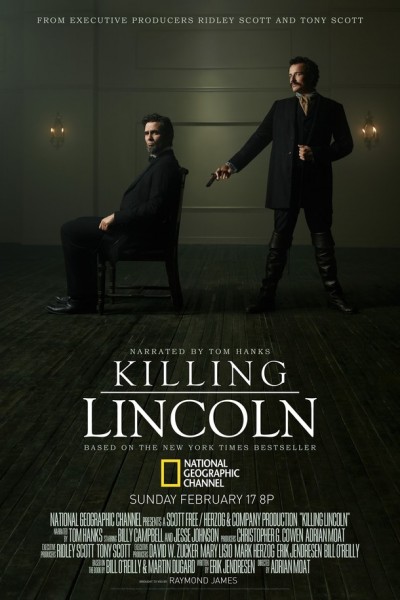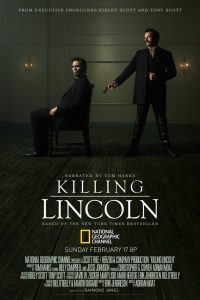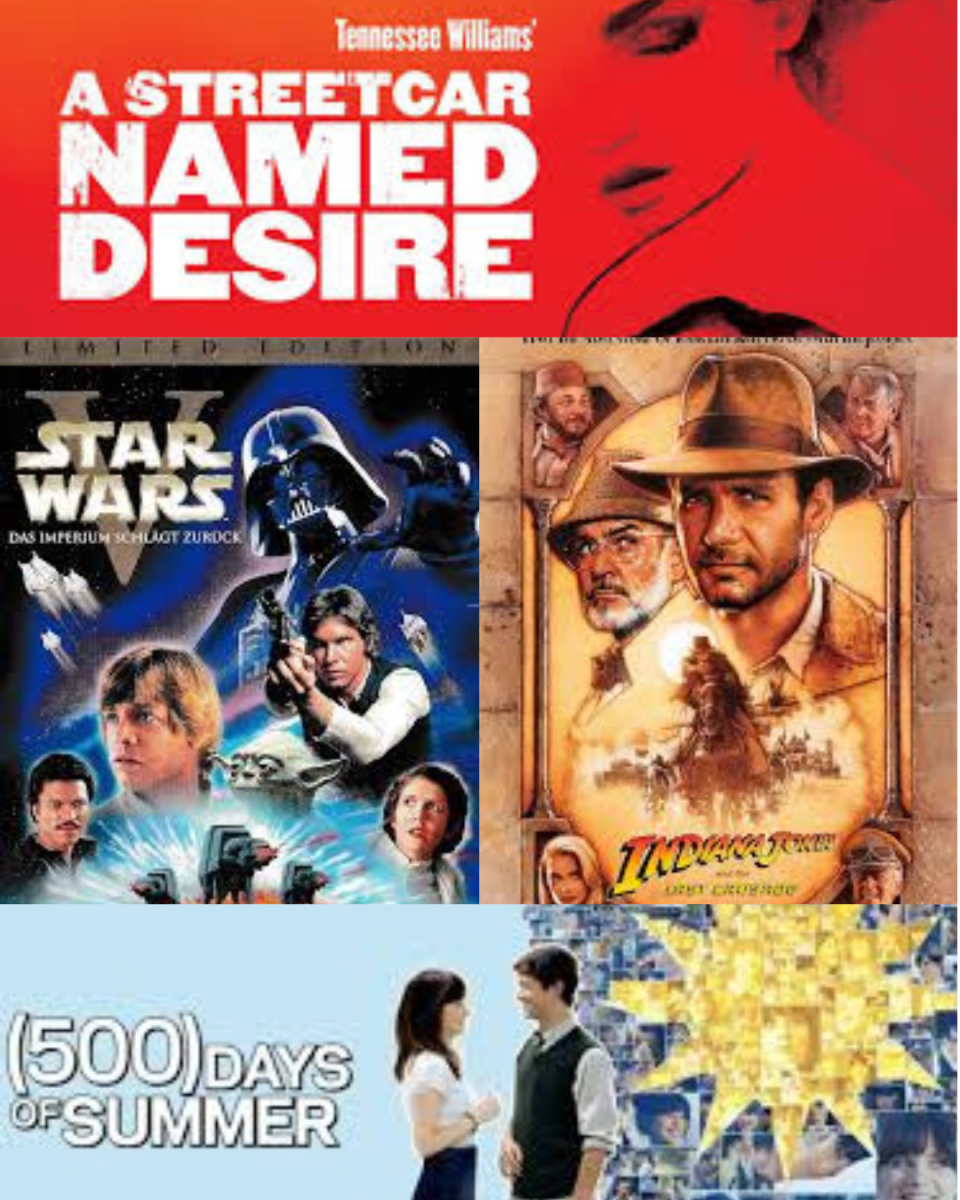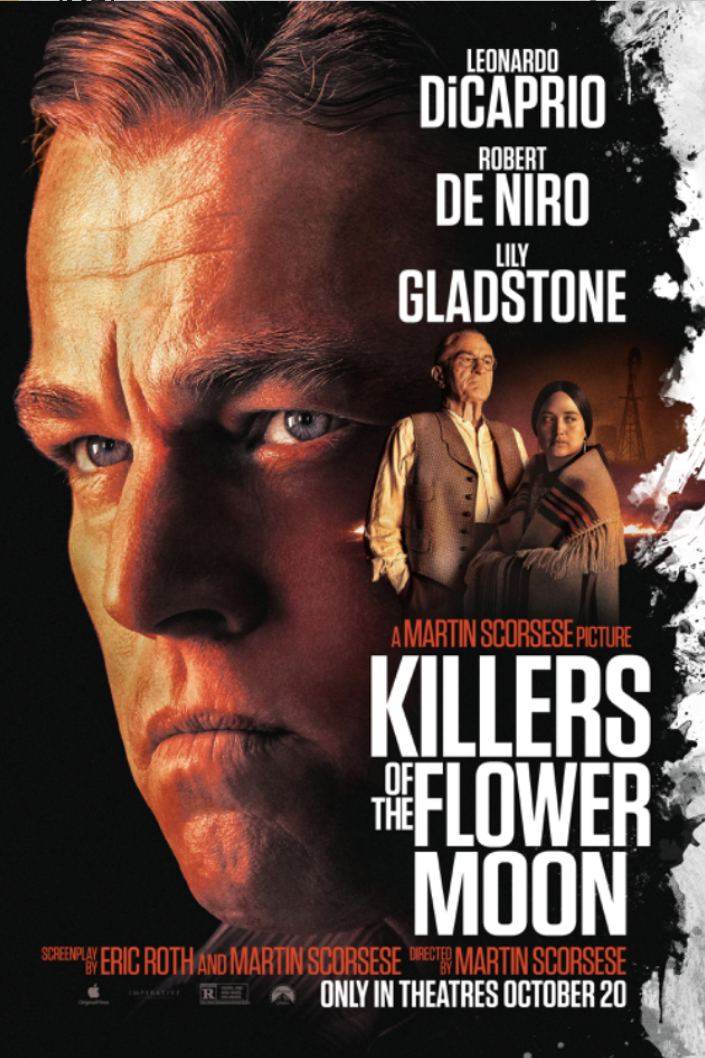Over the past year, movies depicting President Lincoln’s life (both realistic and imaginary) have been released left and right. Whether he stars in the Oscar-winning Lincoln or action thriller Abraham Lincoln:Vampire Hunter, the 16th president has become a recurring figure in Hollywood. The newest addition to join in on this presidential band-wagon is National Geographic’s new movie Killing Lincoln— a film based on the best-selling novel of the same name. The movie, which received a record amount of viewers for Nat Geo when an average of 3.4 million people tuned in to watch the film, focuses on the last few days of Lincoln’s life and the events that transpired for killer John Wilkes Booth in his attempts to flee to the South.
The movie begins in a Washington D.C. residence only a few hours before Lincoln is killed. In this home, John Wilkes Booth explains to his other conspirators the plan to murder Lincoln, Vice President Andrew Johnson, and Secretary of State William H. Seward. The movie then jumps back a week so viewers can watch all the events that led up to Lincoln’s death. It also features the occasional jump to narrator Tom Hanks, who gives historical facts and clarifies what is happening throughout the story. It is not until around 40 minutes into the film when viewers see both the attempted assassination of Seward and Abraham Lincoln’s death. At this point, the movie really picks up, as it focuses on Booth’s attempted escape to Dixie while being hunted by Northern Cavalry men looking to bring him to justice. The climax of the film is reached when Booth is eventually surrounded in a barn and has the choice to either surrender or go down with a fight, to which he chooses the latter. The movie concludes showing the hanging of the other conspirators, thus bringing justice to all who plotted in the killing of Lincoln.
The movie succeeds in making for an interesting drama that simultaneously keeps the integrity of a historically accurate film. From Lincoln’s death to Booth’s attempt to flee to the South, the movie is gripping and leaves viewers on the edge of their seats with the anticipation of what is going to happen next. What may be even more impressive is how the film switches back and forth between the events and narrator Tom Hanks without missing a beat. While this switch could seem unnecessary or take away from the movie, the transitions are smooth and Hanks does an excellent job giving information that cannot be explained during the film. Overall, Killing Lincoln is an excellent t.v. movie and should be praised for its fantastic adaptation of Bill O’Reilly’s novel.









